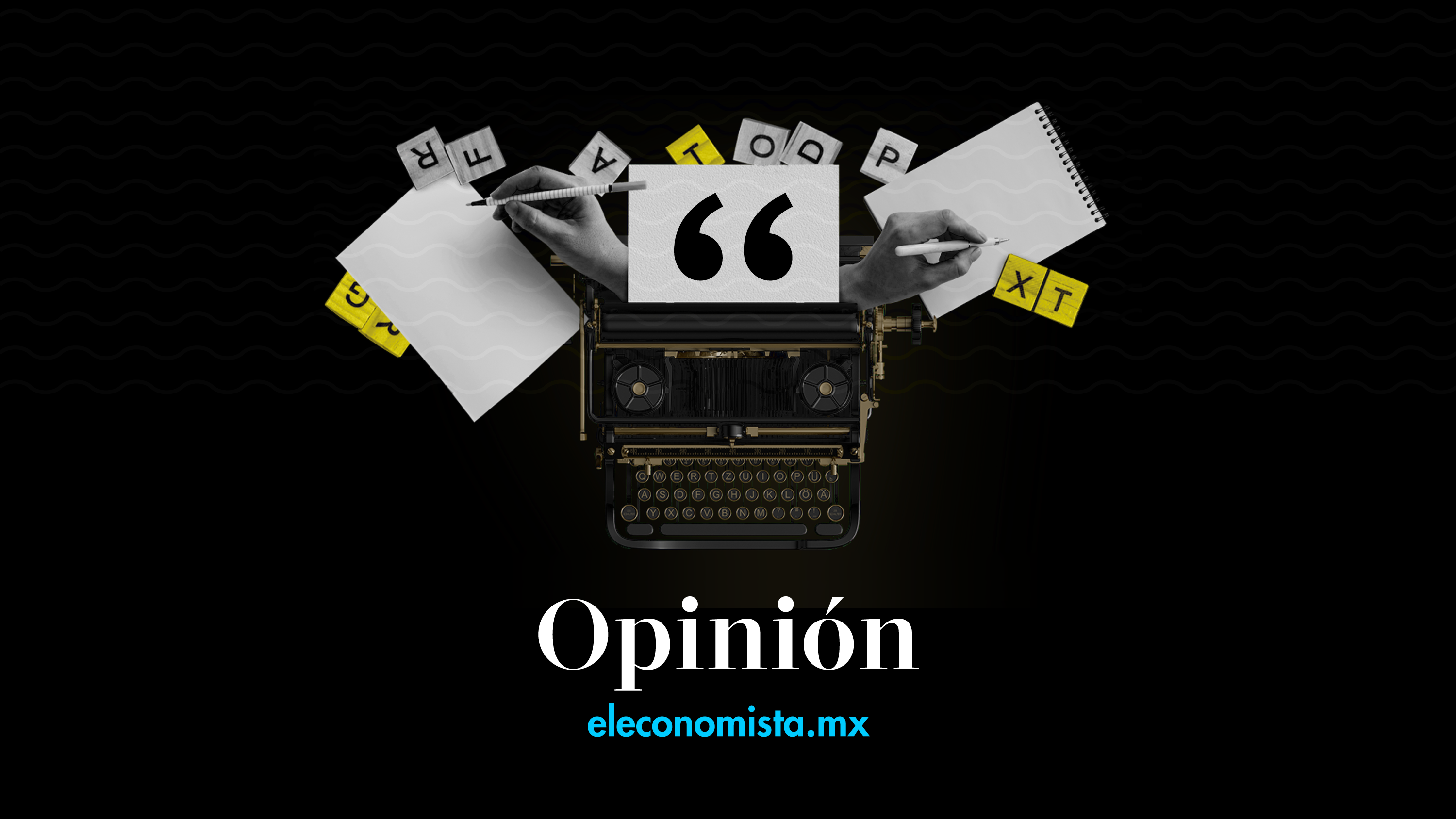In recent days it was widely reported that Petróleos Mexicanos (Pemex) recorded a net loss in 2021 of 224.4 billion pesos (bmp) while the Federal Electricity Commission (CFE) announced operating losses of 95.4 bmp, after a government transfer for 70.3 mmp. In both cases, they stated that these figures were lower than the previous year. But the absolute value is impressive: the sum of the losses of both companies in 2021 was 319.8 billion pesos.
It is difficult to measure the size of these enormous figures. For a better idea, the amounts are equivalent for CFE to losses per day of 261.3 million pesos and for Pemex 614.7 million. If we convert it to hours, the corresponding sum of the two companies implies losses per hour throughout the year of 36.5 million pesos! That figure already allows us to better understand the dimension of waste: it is as if every hour, almost 37 million pesos are thrown into a huge oven, mainly from our taxes.
Imagine that a private company had those losses. The board of directors would have already changed the entire management, ordered a severe operational and financial adjustment, or even declared the company unviable and bankrupt. But when it comes to public companies, Petróleos Mexicanos and the Federal Electricity Commission are bottomless barrels and waste goes unpunished. There is no accountability, in this case for the agronomist who runs an oil company or the fanatical ideologue who intends to run CFE.
The government insists on giving oxygen to a corpse. In 2021, it supported Pemex with resources of 275.9 billion pesos (73.3 billion pesos of annual tax incentives creditable to the payment of the Shared Utility Right and 202.6 billion pesos in equity contributions to repay debt). The company presumes that it has reduced its debt, but nothing is free. They are resources with an opportunity cost that implies, for example, less for health or education. And the bottomless barrel continues in 2022, because to avoid a gasoline explosion in the face of international circumstances, the Ministry of Finance and Public Credit (SHCP) is subsidizing 100% of the IEPS tax on regular gasoline and diesel. Gabriela Siller from Banco Base calculates that, if this stimulus is maintained for the rest of the year, the cost for the SHCP would be almost 330 billion pesos. That is, 5.4% of the total budget revenue for 2022.
The waste at CFE would culminate with the energy reform proposal. Before the 2013 reform, the CFE was a vertical monopoly with enormous generation costs, but the opening of the market to private participants through competition allowed for more efficient and lower-cost generators. But the initiative wants to restore the absolute monopoly, when what is required is to further open the market for better energy at lower cost. Also, how do you intend to provide clean and efficient electricity, if you favor producing it based on fuel oil?
To reduce the enormous losses and transform them into viable companies, a structural change is required that implies managing them with technical criteria and not ideological and political ones. The alleged electrical reform initiative is a step in the opposite direction.
Twitter: @frubli
Economist
IMEF Magazine
Economist graduated from ITAM. He has a Master’s degree and doctoral studies in monetary theory and policy, and international finance and trade. Columnist for The Economist. He has been an advisor to the Board of Governors of Banxico, Director of Institutional Liaison, Director of External Relations and Coordinator of the Governor’s Office, Manager of External Relations, Manager of Macrofinancial Analysis, Deputy Manager of Macroeconomic Analysis, Deputy Manager of International Economy and Analyst .

















